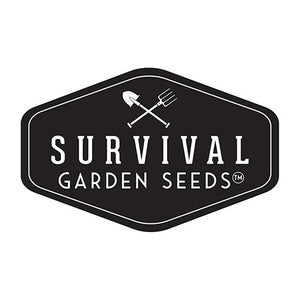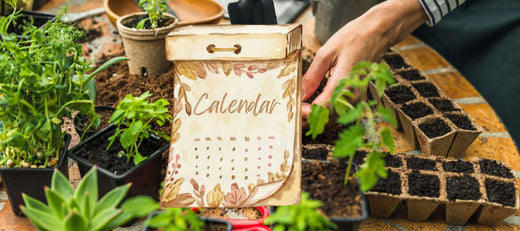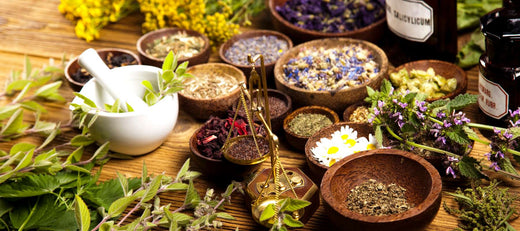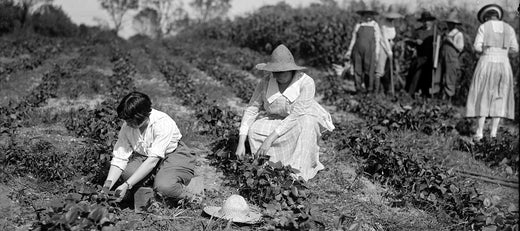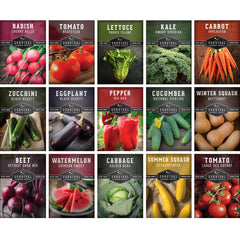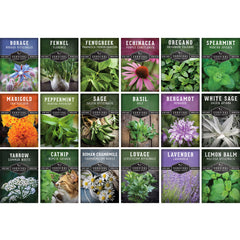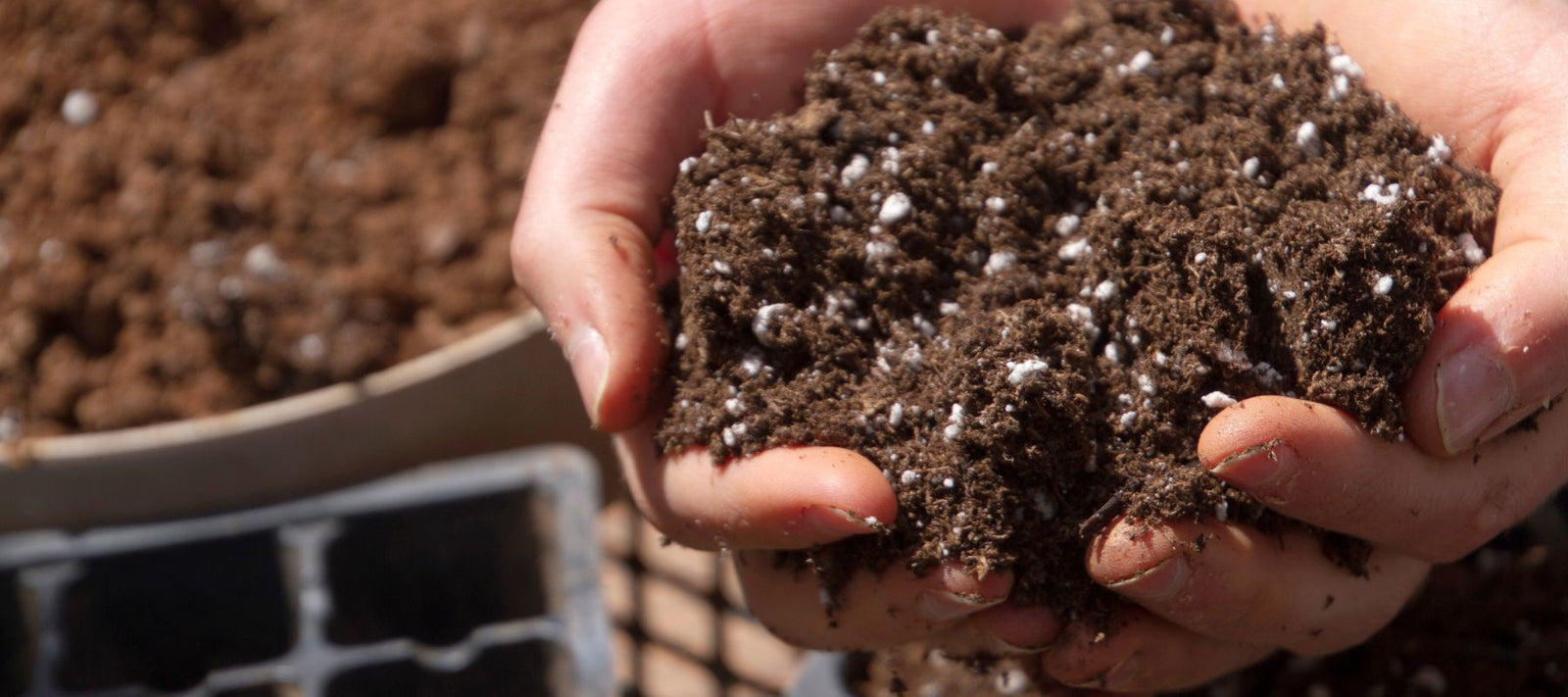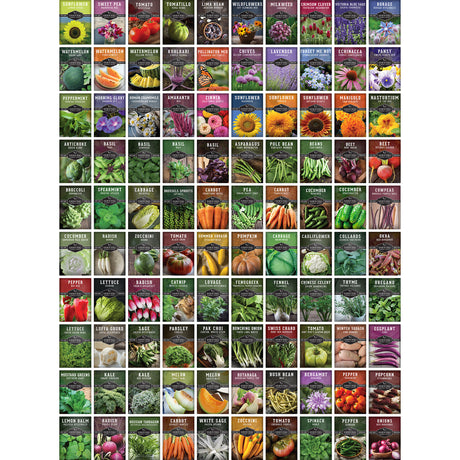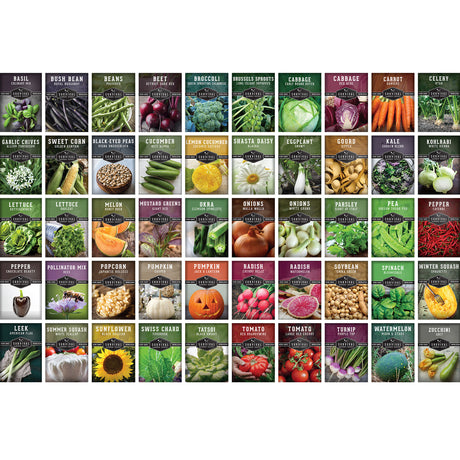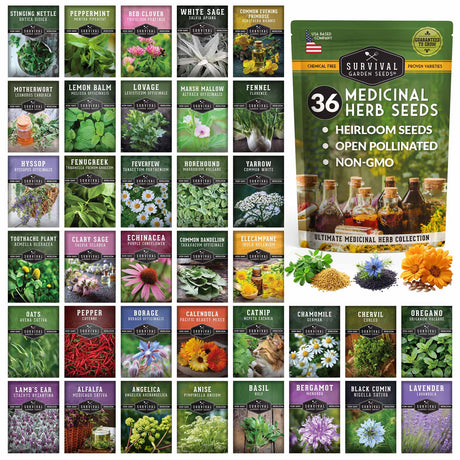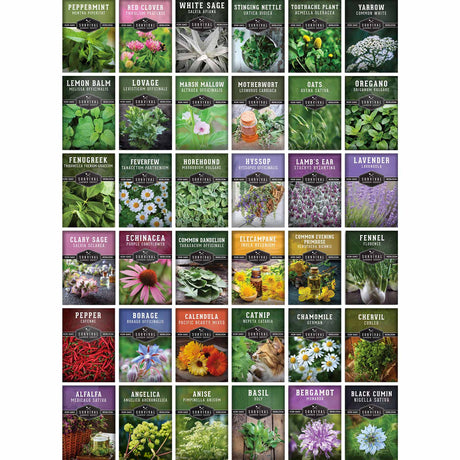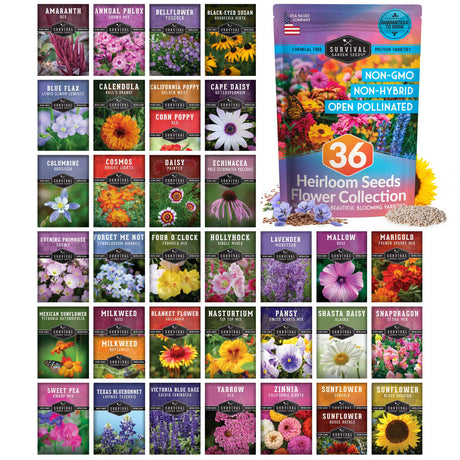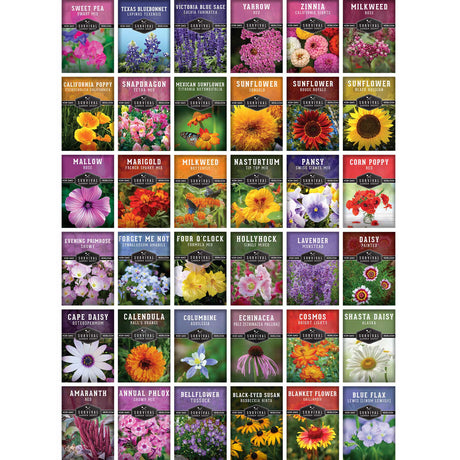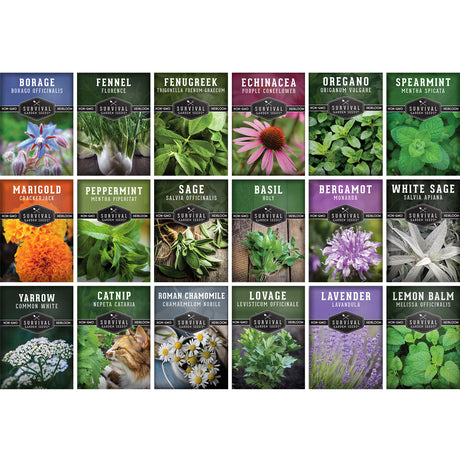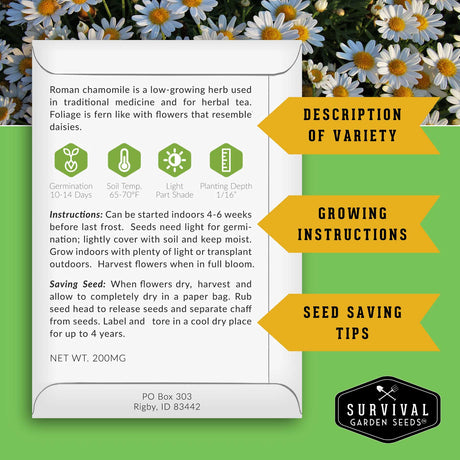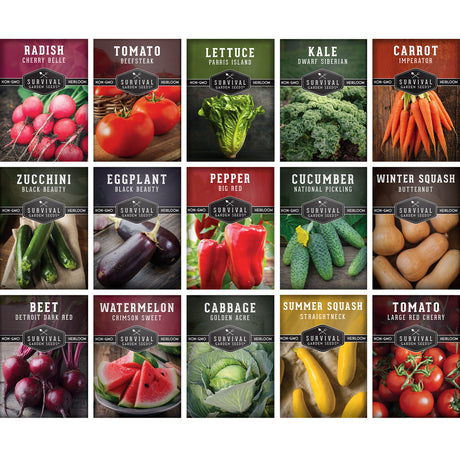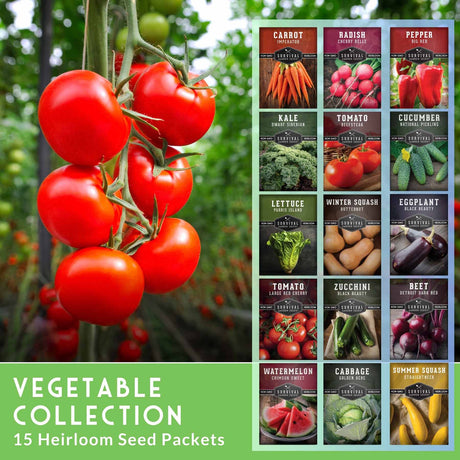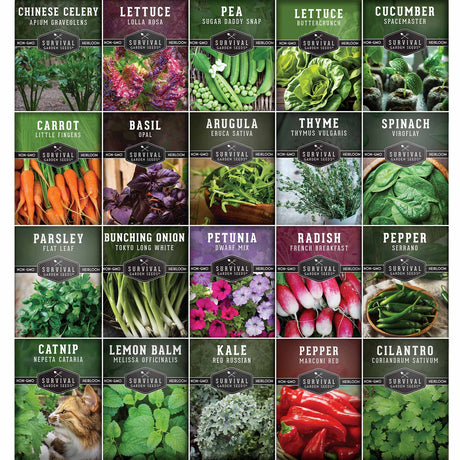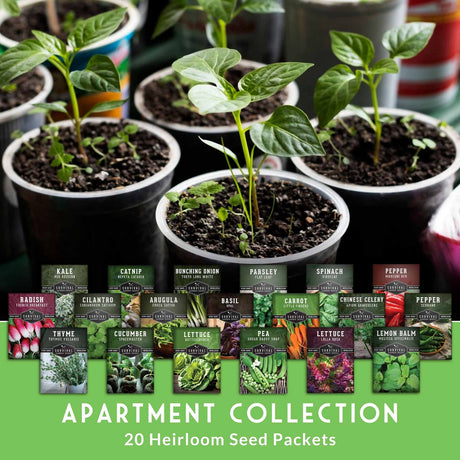One of the most economical ways to grow vegetables is from seed rather than buying seedlings at a garden center or nursery. Many gardeners begin their gardens by starting seeds indoors in the colder months of January, February, and March, and then transplanting the seedlings after the weather warms and the chance of a frost killing them passes. If you are going to be starting a lot of seeds, another way you can save money is to make your own seed starting mix.
What a Seed Needs to Grow
Each seed contains everything that it needs to germinate and start growing. All of the nutrients the seed needs to sprout are contained within the seed itself, so all we need to provide is a growing medium that will support the seed, retain moisture, and provide something for the roots to grow into.
While we usually think of planting seeds in soil, they do not need soil to grow for the first few weeks of life. Garden soil is full of microbes and can be too dense for seeds to germinate easily. This is why using a sterile, soil-less seed starting mix for germination is best. There is no need for fertilizer in your seed starting mix because it can damage your seedlings if it is too strong. The nitrogen typically found in fertilizers is designed to increase leaf growth, not promote the development of a strong root system, which is the first step in establishing healthy plants. When it is time to move your little seedlings into larger pots, you will want to consider a potting mix that contains nutritive matter like compost or worm castings. However, that isn’t necessary for the initial growth stage of your plants, so save that expense for later.
Seed Starting Mix Formula

Seed-starting mixes are a combination of organic matter and inorganic matter. The organic material holds moisture and the inorganic material helps with drainage and makes the mixture loose so roots can easily grow.
Organic Material Options
Most seed-starting mixes have an organic base of Sphagnum Peat Moss or Coconut Coir. Both of these materials absorb and hold moisture but do not compact and solidify like soil, making them ideal mediums for the development of delicate seedling roots. (If you’d like to learn more about whether to choose Peat Moss or Coconut Coir, Gardener Scott has an excellent video discussing this complicated topic.)
Inorganic Material Options

You will commonly find two different types of inorganic material in seed starting mix; Perlite and Vermiculite. Perlite is a type of volcanic glass that looks almost like tiny pieces of popcorn. Vermiculite is a mineral that has a grayish appearance. Both of these materials help to provide drainage in your mix. You can include one or both of these in your mix. Most people include both because vermiculite has the additional property of absorbing water so that it can help retain moisture in your seed mix.
All of these materials are generally available in bulk at your local garden center or nursery as well as online.
Making Your Seed Starting Mix
Mix:
2 parts organic material (peat moss or coco coir)
1 part perlite & vermiculite
The first step in making your seed starting mix is to hydrate your organic material. Coco coir is typically sold in solid bricks or pucks that have to be fully rehydrated before they will break apart into the soft, fluffy material you need for your seed mix. Peat moss also needs to be hydrated prior to use. It can absorb up to 20 times its weight in water but takes longer to rehydrate.
Place your peat or coco coir in a large, clean bucket or tub. Add as much water as the material will absorb without becoming soggy. Your coir or peat should be about the consistency of a wrung-out sponge.
Add your perlite and vermiculite and then mix well to combine. Your seed mix will keep well in a covered container.
Give Your Seeds the Best Start
There are plenty of commercially available seed-starting mixes available, but if you are growing a substantial garden, they can become expensive. It is more economical to mix up your own seed starter by purchasing the component materials in bulk. These simple ingredients combine to make the perfect foundation in which your seeds can germinate and begin to develop strong roots and stems. When it comes time to move your seedlings to larger containers or move them outside, then you can switch to a potting mix or soil that has added nutrients for the next stage of plant development.

